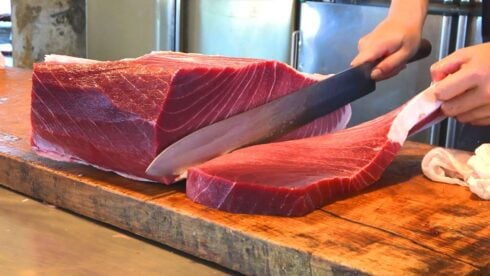CLIMATE change could have devastating effects on food safety all over the world in 20 years’ time.
According to research by Valencia-based non-profit technological centre Ainia, global warming is expected to cause problems with regards to access to food, nutritional quality and product price stability as early as 2021.
Scientists identify five types of major risks likely to appear over the next two decades.

Biologic threats are a main cause for concern, with a type of bacteria known as Vibrio potentially due to appear in seafood products as a result of rising temperatures in the oceans.
Vibrio can cause an infection known as vibriosis, which currently kills 100 people and infects an estimated 80,000 in the USA every year.
Animal welfare risks could also appear, including infections caused and spread by tiger mosquitoes and insects, as well as viruses, parasites and stress caused by heatstroke.
These complications could easily pass into the food chain, while causing severe suffering on behalf of livestock and huge financial losses for farmers.
With regards to plant life, new plagues and parasites could spread to Europe as a result of changing temperatures. Several projects are being launched throughout Spain to combat this threat, including a protection drive for olive trees.
Falling nutritional benefits caused by a deficiency of micronutrients is another worry and would be a direct result of CO2 emissions, warns Ainia.
This could affect levels of zinc, iron and proteins in basic foodstuffs worldwide such as rice, wheat, corn and soya.
Lastly, unchecked pollution levels on land, in the sea and air could trigger the appearance of new forms of pests.
Experts at the Valencian centre suggest a series of urgent measures to reverse the situation and hopefully prevent these threats from materialising.
These include adopting sustainable agricultural practices, storing water, using technological advances to detect new threats to food safety as soon as they appear, and changing eating and living habits.
Click here to read more Spain News from The Olive Press.








